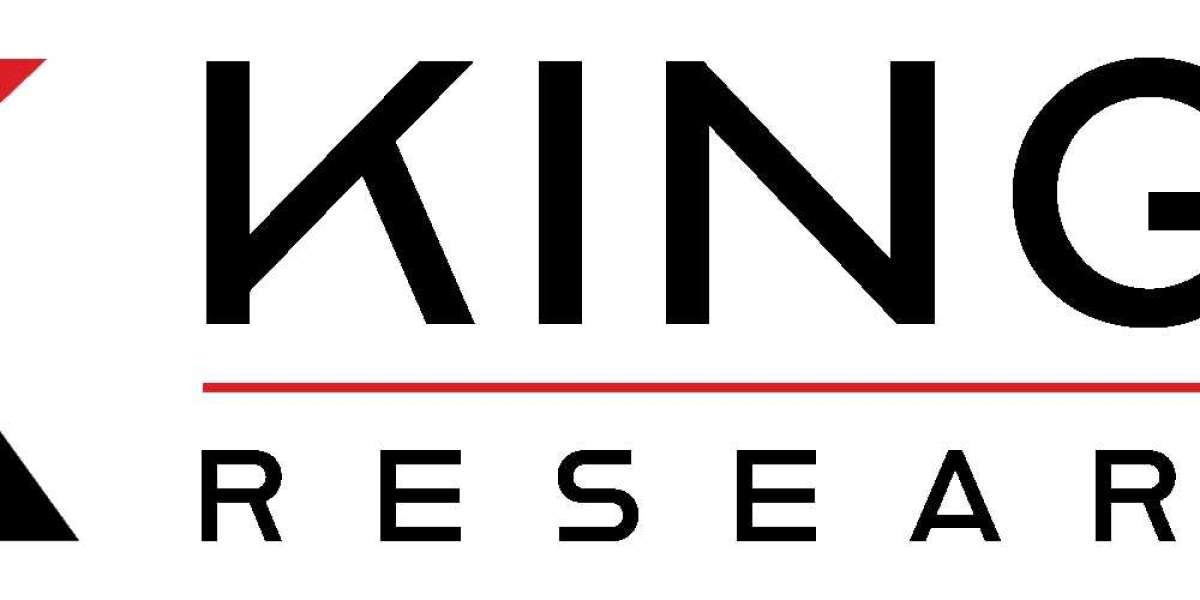Introduction
Radio Frequency Identification (RFID) technology has become a crucial component in modern inventory management, asset tracking, and supply chain optimization. However, businesses looking to implement RFID systems often face a major cost-related decision—should they invest in passive RFID tag readers or active RFID tag readers? The price differences between these two types of RFID systems can be significant due to factors such as range, power source, and application-specific capabilities.
This article delves into a detailed comparison of RFID tag reader prices, examining the cost implications of passive versus active RFID technology. Whether you’re a retailer, manufacturer, or logistics company, understanding these cost disparities will help you make an informed investment decision.
Understanding Passive vs. Active RFID Tag Readers
What Are Passive RFID Tag Readers?
Passive RFID tags rely on electromagnetic signals from the RFID reader to power their operations. Since they lack an internal power source, they are lightweight, cost-effective, and have a limited range (typically 1–10 meters).
Key Features of Passive RFID Systems:
Lower cost per tag ($0.10 to $1.50 per tag)
Shorter read range (up to 10 meters)
Suitable for retail inventory management and asset tracking
Typically operates at low or ultra-high frequencies (LF, HF, UHF)
What Are Active RFID Tag Readers?
Active RFID tags are equipped with a built-in battery, allowing them to continuously transmit signals. This results in a longer read range (typically up to 100 meters or more) and enhanced tracking capabilities.
Key Features of Active RFID Systems:
Higher cost per tag ($15 to $100 per tag)
Long-range tracking (up to 100 meters)
Used in large-scale asset tracking and real-time location systems (RTLS)
Operates at ultra-high frequencies (UHF) or microwave frequencies
Price Comparison: Passive vs. Active RFID Tag Readers
1. Cost of RFID Tag Readers
RFID tag readers, also known as RFID interrogators, vary significantly in price based on technology type and features.
RFID Reader Type | Average Price Range |
Passive RFID Reader | $500 - $3,000 |
Active RFID Reader | $1,000 - $10,000 |
Passive RFID readers are generally more affordable because they require less sophisticated hardware. On the other hand, active RFID readers demand higher investment due to their real-time tracking capabilities and extended range.
2. Cost of RFID Tags
RFID Tag Type | Average Price per Tag |
Passive RFID Tag | $0.10 - $1.50 |
Active RFID Tag | $15 - $100 |
Passive RFID tags are significantly cheaper, making them the preferred choice for applications requiring a large volume of tags, such as inventory tracking. Active RFID tags, while expensive, are beneficial in industries like healthcare, logistics, and vehicle tracking, where real-time monitoring is essential.
3. Infrastructure and Installation Costs
The total cost of ownership (TCO) includes infrastructure, software, and maintenance.
Passive RFID System Setup:
RFID readers ($500–$3,000 per unit)
Antennas ($100–$500 each)
Middleware & software ($1,000–$10,000)
Total estimated cost: $10,000 – $50,000
Active RFID System Setup:
RFID readers ($1,000–$10,000 per unit)
Sensors and batteries for active tags
Middleware & software ($5,000–$50,000)
Total estimated cost: $50,000 – $500,000
4. Maintenance and Replacement Costs
Since active RFID tags contain batteries, they require periodic replacement (battery life: 3–5 years). This adds to long-term costs. Conversely, passive RFID tags, being battery-free, have an unlimited lifespan in most cases.
Which RFID Tag Reader Should You Choose?
The best RFID reader for your business depends on your specific needs:
Choose Passive RFID if:
You need an affordable solution for inventory tracking.
Your application requires a short-range solution (e.g., retail, warehouse tracking).
You require a system that is easy to maintain and scale.
Choose Active RFID if:
You need real-time tracking over long distances.
Your business operates in logistics, healthcare, or vehicle tracking.
You can afford the higher initial and maintenance costs.
FAQs
1. Why are active RFID readers more expensive than passive ones?
Active RFID readers use complex electronics and signal processing to capture real-time data from battery-powered active tags, making them costlier.
2. Can I use both passive and active RFID systems together?
Yes, hybrid RFID solutions combine passive and active tags for optimized performance in various applications.
3. Are there hidden costs in RFID implementation?
Yes. Beyond hardware costs, consider software, infrastructure, and maintenance expenses.
4. Which industries benefit most from active RFID?
Industries like logistics, healthcare, and automotive leverage active RFID for real-time location tracking.
5. How do I determine the right RFID solution for my business?
Assess factors like budget, tracking range, volume of assets, and real-time requirements before selecting an RFID system.
What RFID solution aligns best with your business needs? Let us know in the comments!
Conclusion
Yes, there are significant price differences between passive and active RFID tag readers. Passive RFID readers and tags are more budget-friendly, making them ideal for applications requiring high-volume tracking. Active RFID, while costly, offers superior tracking capabilities, justifying its expense for businesses that need long-range real-time visibility.
Understanding the RFID tag reader price difference is crucial when planning your RFID system investment. Whether you're optimizing warehouse operations or implementing an advanced asset-tracking solution, the right choice depends on your budget, use case, and long-term needs.






